YouTube SEO strategies help to optimise the performance of your content on the video streaming platform. Discover how to get your videos ranked and seen for a relevant search on YouTube and search engines.
According to the State of Video Marketing report from Wyzowl, the amount of online video content viewed by web users has doubled since 2018. Marketers, brands, and content creators exploit the power of video content in order to gain viewership, traffic, leads, and sales. Knowing the top Youtube SEO strategies will help your videos rank higher on Youtube and top search engines.
The best way to ensure that your videos are found by Youtube users and ranked for a relevant search is to observe the best practices for uploading your Youtube videos. At the same time, you need to know how to optimise your Youtube channel so that you can gain more following and that the Youtube algorithm will recognise your channel as an authority for content on a particular niche.
This is why we have put together a checklist for uploading a Youtube video and a checklist for optimising your Youtube channel. You will have the option to download both checklists so you can refer to it when optimising your Youtube channel and videos, as well as get them ranked faster.
But before we start…
None of the below tactics will work unless your video is engaging and people watch it. If you have a created a video, re-watch it a couple of time and ask yourself, would I watch this video to the end? If your video is clicked on and the skipped after the first couple of seconds then no amount of optimisation is going to help! So get the quality, relevancy and engagement on your video spot on before you start with this guide!
Table of Contents
How Does YouTube Search work?
Youtube is the largest video streaming platform on the web. Due to its popularity, a lot of content creators, brands, and marketers are curious to know how the Youtube search algorithm works in order to better understand how to optimise their content for it. With more than 500 hours of video content uploaded to Youtube per minute, your ability to understand how the search engine works can be the ticket to getting your videos ranked faster.
Just like Google, the main search engine on the web, there are numerous factors that can impact the ranking potential of a video on Youtube. It is important that you target these factors in order to improve rankings for a given search.
With so many videos competing for traffic and the opportunity to be among the watched videos on Youtube, it is important to know how to optimise each video to make them easier to be found. In particular, you want a targeted optimisation of your videos so that the users who do find them will find the content useful and that will help increase your watch time.
The Youtube Search algorithm takes three factors into account when determining the ranking of videos for a given search:
- Relevance
- Engagement
- Quality
So, how do these factors impact the Youtube search performance of a particular video content. You can learn more about each of these ranking factors on Youtube below.
Relevance
This particular ranking factor on Youtube is complex. The search algorithm on Youtube relies on a variety of factors that will determine how relevant your video content is in relation to a particular search. For example, Youtube search algorithm relies on the title, description, tags, and the actual content to determine the relevance of your video content.
The above-mentioned factors are compared against a search query on Youtube in determining how that video is ranked. Therefore, optimisation is important because the algorithm matches that with the keywords or keyphrases that a user inputs when doing a search on Youtube. The relevance of the video is what will help determine the actual ranking of that video on Youtube search results.
Due to the complex search results system employed by Youtube, it is important for content creators and brands to focus on optimisation. Employing SEO tactics can make it easier for your videos to be found and considered relevant if you target to correct keywords and use them properly.
Engagement
The level of engagement is another critical ranking factor for Youtube. The first ranking factor – relevance – relies on the level of optimisation for a video that is uploaded to Youtube based on keywords and keyphrases that is used for a given search. However, the actual content might not be useful to the user.
This is why Youtube relies on the level of engagement that a video has to determine if it is actually relevant for a particular search. Youtube employs a number of tactics to measure engagement such as how long the user actually spent time watching the video (if they watched the entire video or skipped to specific parts), the thumbs up and down response, and comments.
The engagement factors are used by the search engine algorithm on Youtube to determine if the video was relevant or offered value to the user. Otherwise, they would not be engaging with it or spending more time than necessary to watch the video.
Quality
This is another important factor that can impact your ranking on Youtube. According to Youtube, quality is based on a channel’s ability to demonstrate “expertise, authoritativeness, and trustworthiness” in a particular niche or topic. This is commonly referred to as EAT. This particular framework is actually used by Google as the pillars for SEO.
Youtube takes into account the quality of the videos that had been uploaded before and the reputation of the channel when ranking your videos. As a content creator on Youtube, the best way to demonstrate this is to focus on topics that showcase your knowledge and expertise. If your target audience finds your video content useful, it will help boost your ranking and reputation on Youtube.
To ensure quality, you need to focus on bringing value to your audience through your content. This will promote trust among your audience and increase your video watch time. The more time your audience spends on watching your videos, the more it will signal the quality of your video.
Additional Ranking Factors
In addition to the three ranking factors listed above, there is one more element that Youtube search takes into account: personalisation. What does personalisation mean in the context of Youtube search?
Youtube search algorithm takes into account the user who is performing the search. The algorithm uses data from the user’s watch and search history in matching the content that will be ranked for a particular search query. This is why Youtube search results for a particular search term will differ from one user to another.
Youtube search algorithms also use these factors when determining how videos are ranked for a search query:
- Channel subscription
- Location of the user
- Direct feedback from surveys
- Engagement to a video or channel
- Videos previously watched
10 Proven Youtube SEO Tips That Deliver Results
These are the Youtube SEO tips that are used by experts and top channels to boost traffic and gain following. Please use this guide, book mark it or download it at the bottom of this page.
1. YouTube Keyword Selection
This is the first and most crucial step in developing an SEO strategy for Youtube. It is the building block for optimising your video content. Keyword research can identify the most searched terms relevant to your niche. You can also look at incorporating search terms that do not get a high volume of searches but are more targeted. For best results, you can use a mix of both – popular and more targeted keywords.
Another way that you can choose the best keywords to target is to analyse your own traffic source report. This will show you the most common keywords used to find your videos on Youtube. You can re-target these by creating new content based on those keywords or incorporate them in your future uploads.
Finally, one of the best tricks that successful Youtube users have implemented in their SEO strategy is this: input a keyword into the search bar and look at the suggested keywords. For example, go to Youtube and type in the keyword “yoga”. It will give you a few other suggested, relevant keywords based on what is most popular on the platform.
Youtube suggests these keywords based on what is most searched for in its algorithm. The auto-predict feature is a great tool that you can use to optimise your own video with a targeted yet popular set of keywords. This will ensure that you are using keywords in your video that is already being searched for.
2. Optimise Video Title and Description
The title is the first thing that Youtube users see before clicking on your video. It must be creative and descriptive to encourage users to watch the video. Try to keep the characters within the limit of Youtube (no more than 48 characters) so the entire line is visible in the results page. At the same time, you must incorporate keywords in order for Youtube to identify it as a relevant content for a specific search.
Just like the title, you should also optimise the description with the chosen keywords. Here are a few pointers to help you write the best description for your Youtube videos:
● Keep it brief; approximately no more than 2 sentences long.
● Use natural language instead of a stream of keywords.
● Pick 1-2 keywords to incorporate into the description.
● Use the keywords at the start of the description.
Take a look at a few examples here for the search keyword “yoga for beginners”
Based on the keyword-optimised titles for these video results, you have an idea of what the content is about. The video also comes with a short snippet of the description to provide more detailed information about the content.
3. Include the keyword in the Video Content
This is one of the most under-utilised Youtube SEO tips. By incorporating the keyword into the actual content, it reinforces the relevance of the video for that keyword/search term. It’s an age-old technique employed by content writers and marketers to boost their SEO performance and get their content ranked in a short amount of time. The same principle works for video, too.
When creating a script for your video content, take the keywords into account. This will help boost the organic growth of your Youtube channel using SEO strategies.
Most importantly, it lets Youtube know that the content of your video is actually relevant to the title and description provided. If not, or when you are using click-bait methods to get more views, your video can get penalised for it. There must be consistency in the video title, description, and the content of the video to increase visibility and ranking.
4. Optimise Thumbnail and File Name
Did you know that your Youtube SEO strategy begins even before you hit publish on your video? It starts with optimising the file name of the video with a descriptive title and one of your target keywords. This will enable Youtube to identify that your file is relevant to the title and description of your video content.
At the same time, you should also optimise the image used as a thumbnail for your video. It is the first thing (aside from the title) that Youtube users will see when they search on the platform. The thumbnail can influence a viewer’s decision as to which video to watch.
5. Add Subtitles and Closed Captions
Adding subtitles and closed captions to your video will help people with accessibility issues (such as hearing problems).
Adding text files to your upload containing the transcript for your video can have SEO benefits. It can be crawled by traditional search engines (such as Google), allowing your videos to rank for relevant searches outside of Youtube.
6. The Proper Use of Tags
Aside from incorporating keywords on the video title, video description, and the file name of the video, another way to optimise the SEO performance of your Youtube video is to add relevant tags. Use as many relevant tags as you can as allowed on Youtube.
Tags will let your viewers know what the video content is about. In addition to informing the target audience about what the video is about, you are also informing Youtube’s algorithm in the process. Tags provide context to your video and are crucial in the optimisation process. For example, tags enable your videos to be found by users looking for similar content to yours as it could appear in the suggestions from related videos.
An important note here: do not add tags simply because they are popular and could end up getting you more views. If you do that, you could be penalised for it.
7. Upload Video to the Correct Category
Does it matter what category you put your Youtube video in? The short answer is yes. Categories are designed to identify the content of the video, or its particular niche. Choosing the right category will make it easier for your videos to get found by the people who are looking for them.
First off, let’s make it clear: uploading your video to the correct category won’t impact your ranking ability on Youtube. Instead, this is designed to help with the organic growth of your video so that you can get more views naturally, especially from people who are more likely to engage with your video.
By categorising your video to the correct niche, it has the likelihood of showing up at related results for any relevant search in that category (such as the videos that appear on the right hand side of this Youtube video):
8. Focus on Audience Retention
This is the most important secret to success with Youtube SEO: create videos that will keep people watching. This is known as audience retention.
Youtube has issued the following statement:
“…videos with consistently high audience retention and watch time have the potential to show up more frequently in Search and Suggested locations on YouTube.”
To sum it up, if your videos help to keep users on Youtube, then you will be rewarded for it and your videos are mostly going to rank higher. This leads you to the next question: how do you develop content that creates higher audience retention?
It only takes three easy steps to get it done:
- Provide a quick summary at the start of your video. This will keep your audience from guessing and for them to know exactly what they can get from your video.
- Dive right into your content. Avoid any fluff and unnecessarily long introductions. Give your audience what they came to your video for: the content.
- Incorporate open loops to your video. Open loops are short snippets that give your audience a teaser of what information will be available towards the latter part of the video. It keeps them glued as they anticipate that information.
9. Don’t Forget the End Screens
When your video has come to an end, you still have the opportunity to optimise its performance. The end screen display must provide the call-to-action (CTA) for your video or channel. This is visually detailed to make it more engaging and to increase the likelihood of them responding to your CTA.
This is one of the least utilised Youtube SEO strategies but can be potentially critical in optimising the viewer experience. Furthermore, it will help you get more views if users are engaged enough to look for additional information from other relevant videos you may have.
For example, a Youtube user is watching your video on “yoga for beginners”. Your end screen can display other related videos such as “yoga for belly fat” or “yoga for anxiety or stress relief”.
10. Monitor Your YouTube Video Analytics
Your Youtube analytics report is one of the best places to start if you are looking for ways to optimise the performance of your channel. Youtube will provide you with a handy report from time to time; make sure to use that data wisely. In particular, look at how your videos are performing. In particular, check the watch time report on your videos so you know exactly if your audience is watching through your entire videos or not (and for how long).
This is a useful insight when tracking your user engagement on the channel, and for specific videos. If there is anything significant in the changes of your watch time (increase or decline), you can investigate further and apply the necessary changes.
Other data that you need to focus on include returning visitors and user engagement. Both of these reports will provide you with relevant metrics such as the top-performing videos and the average duration of views on your videos. These metrics are critical as you can compare them with your goals and see what else can be done to achieve your level of optimisation.
Some more tips for your Youtube channel
If you are looking for more tips to optimise your Youtube SEO performance, here are bonus tips that you can incorporate into your optimisation strategy.
- Search for popular keywords and determine what you can incorporate into the title description and tags. One of the easiest tricks to generate keyword ideas when creating videos is to look at Youtube’s autocomplete feature. This works just like any other search engine like Google. It provides you with an insight into the relevant searches that Youtube users perform on the video streaming platform. At the same time, it gives you ideas for creating videos and choosing a target keyword.
- The optimal length for a Youtube video is 10 minutes. But in reality, this is a variable factor for ranking videos and Youtube SEO. It varies based on the type of content in your video and whatever is necessary. For example, some types of content can be covered in 10 minutes or less but others will require more in-depth coverage, so the video length can go up to 15 minutes (even more).
- The use of keyword research tools are critical to your Youtube SEO success. If you are serious about creating videos that rank, then you need to find a good Youtube keyword research tool. Google Keyword Planner is a free SEO tool that helks you generate keyword ideas for your Youtube channel. It provides detailed insights into search volume for a given target keyword and the cost for targeting them. Other tools for generating related keywords include Google Trends, BuzzSumo, and Keyword Tool for Youtube. This post on Search Engine Journal is also a good source of alternative Youtube keyword tools.
- Another technique for finding popular keywords for your Youtube video SEO is through the competition. Check out the top videos in your niche. If they are getting large amount of traffic, check out what keywords they are using. Don’t try to copy all of the keywords they use. Instead, find relevant keywords that would fit into your video content.
Checklist for Optimising a Youtube Channel
With over 1.8 billion monthly users, you can target Youtube users to gain more traffic to your channel and turn them into subscribers and then customers. Follow this checklist to make your channel stand out and engage your audience.
1. Choose a Youtube Channel Name
Optimising your Youtube channel starts with choosing the right name for your channel. It’s the most important decision because this is how everyone will recognise your channel.
Here are the qualities of a good Youtube channel name:
- Short and easy to remember
- Unique
- Relevant to your niche
- Personal name (if you have a personal brand)
- Keyword-optimised
2. Select a Youtube Channel Category
Designating the right category for your Youtube channel is critical for two ways. First, it makes it easy for your target audience to find your channel. And second, it makes it easy for Youtube’s algorithm to recommend your channel when something relevant is viewed by a user on Youtube.
3. Add a Channel Art
The channel art is that custom banner that appears in between the search bar and the title of your channel. This is a branding tool that will enable you to optimise your Youtube channel. It should be visually eye-catching and optimised to be 2560 x 1440 pixels. Aside from a visually appealing channel art, make this banner informative (such as including information on your upload schedule or your social media handles).
The banner is prime real estate for optimising your Youtube channel and to build your brand.
4. Custom Youtube Channel Navigation
You can tweak your Youtube channel by adding custom navigation features. You can do this by clicking on the gear button underneath the channel art on your Youtube channel. Choose ‘the “Customise the Layout of Your Channel” option. This will allow you to customise the look of your Youtube channel. Click “Save” when you are happy with the custom layout.
5. Update About Us Section
The About Us section of your Youtube channel is another real estate that could potentially be rewarding if optimised properly. Focus on the basics and make sure you have the information that your audience wants to see.
Below is a list of the essential information you need to have in your channel’s About Us section:
- Description/Overview: Make sure to provide a short yet concise description of what your Youtube channel is about. It is important to optimise your description with targeted keywords.
- Contact Information: Make it easy for people to reach you by providing your contact information such as email. ‘
- Location: It provides information on your location as it could be relevant to your channel’s content or for possible collaborations.
- Links: Make sure you have a link to your website and other social media profiles so that your followers can find more details about you and your content.
- Featured Video: As you will know more of later, it is important to highlight some of your top videos on the channel.
6. Keywords Optimisation
Just like specific videos in your Youtube channel, you need to optimise your channel with select targeted keywords. Go to the “Advanced” settings of your Youtube channel. This is where you will get to add the selected keywords that you wish to target on your channel. This will make it easier for your target audience to find your videos when in search of relevant content from the video streaming platform.
Make sure to also link to your Youtube channel from your website.
7. Featured Youtube Content
Your Youtube channel home page must have a featured video content, or a trailer for your channel. This is the most distinctive feature that top Youtube channels have.
A trailer or the featured video is typically short – it should provide a snippet of the types of content that the audience will find in your channel. This is specifically helpful when you have new people on your channel. It gives them an insight into the type of video content you produce.
Implementing the Youtube SEO tactics listed above can get your videos ranked higher – and quicker – on the video streaming platform. It takes a combination of these strategies to help you build a winning formula for your Youtube videos and channels. Remember: it won’t happen overnight so if you don’t see results right away, don’t get frustrated and keep on implementing these best practices.
Do not lose sight of the most important factor of promoting and growing Youtube SEO: the user experience. It boils down to the quality of your video content. The value that you offer will bring a loyal following and sustained traffic.
What has helped rank your Youtube videos in the past?
Checklist for Uploading a Video on Youtube
So, you have spent time, resources, and effort in creating an amazing video for your business? You think you’re ready to upload it to Youtube! But before you do, make sure that you refer to this checklist for uploading a video on Youtube.
This checklist is designed to ensure that you have met all of the best practices for Youtube success. This will help increase the likelihood that your video is found and watched on the video streaming platform. To make it easy for you, the checklist is broken down into two phases: before and during the publishing of the video.
Checklist Before Uploading the Video
1. Optimise Aspect Ratio of Video (16:9)
Youtube videos are displayed using the 16:9 aspect ratio. When editing your video, make sure that it is scaled to fit this ratio. This is important to avoid the unsightly black bars that appear when you upload your video to Youtube using the wrong ratio.
The right format of video will maximise the full screen space and give your video a more professional, clean look. You can automate this process with AI powered video editing software for Mac and Android. Which can automate your video editing to add an intro, outro and captions. These tools can help you save your time and increase visibility on SERPs. Youtube continually updates its guidelines for ensuring video quality; therefore, it is a must to meet the video standards set on the platform.
2. Optimise the Video File Name
The file name of the video is also critical as it can have a direct impact on the optimisation of your Youtube video. You must name the video file using one of the targeted keywords. The optimised file name will cue in on Youtube’s algorithm on the information contained within the video. Even before you hit publish, you’re already giving your video the best chance at getting ranked.
Checklist During the Upload of the Video
1. Write an Optimised Video Title
A good Youtube video title is compelling, descriptive, and keyword-optimised. This strategy for writing a title is critical for both human users and Youtube’s algorithm. It should let your viewers know exactly what the video content is about and also enables Youtube’s algorithm to determine if your video is a good content to recommend for a relevant search.
2. Write an Optimised Video Description
A good Youtube video description must contain one or two targeted keywords (especially in the first two lines). It should provide a brief summary of the video content and a link, if preferred. It must be descriptive and informative rather than just a string of keywords.
3. Add Relevant Descriptive Tags
Tags are not the most important components for optimising Youtube videos, but they do play a factor. Youtube allows up to 500 tags but you should not strive to use them all. Choose only tags that are part of your overall keyword strategy.
4. Customise the Thumbnail
The thumbnail is the visual representation of your Youtube video. Make it count by customising an image. Not only does it make your video visually stand out when users search for a particular video, it also boosts your credibility. Add thumbnail images with a text overlay with your focus keyword, if possible.
5. Add Youtube Cards and End Screen
The info card is that icon that appears on the upper right hand corner of your video. This is a goldmine of opportunities to showcase other essential videos in your channel or a playlist. It is one of the tools provided by Youtube for increased engagement.
Meanwhile, the end screen is the final shot of your video. It is important to optimise this with a strong call-to-action (CTA). It also pays to customise the end screen with a strong visual element, allowing you to influence your viewers’ next actions (watch another video in your channel or subscribe to the channel).
6. Write Captions
According to Verizon Media, 69% of users are watching videos without sound. This is why it is important to add captions to your videos when uploading to Youtube. This is also designed to target hearing-impaired viewers on Youtube.
There is one hidden advantage to writing captions to Youtube videos: it can boost your Youtube SEO performance and improve ranking.
7. Add to a Playlist
Youtube uses total watch time on your videos in order to determine its ranking. Creating and adding videos to a playlist is a great strategy to boost total watch time on your channel. It improvers user experience since they can watch related videos from one playlist or to make it easier for viewers to subscribe to your channel.
That’s it! We hoped that this checklist for uploading a video on Youtube will optimise the performance of your videos and channel.

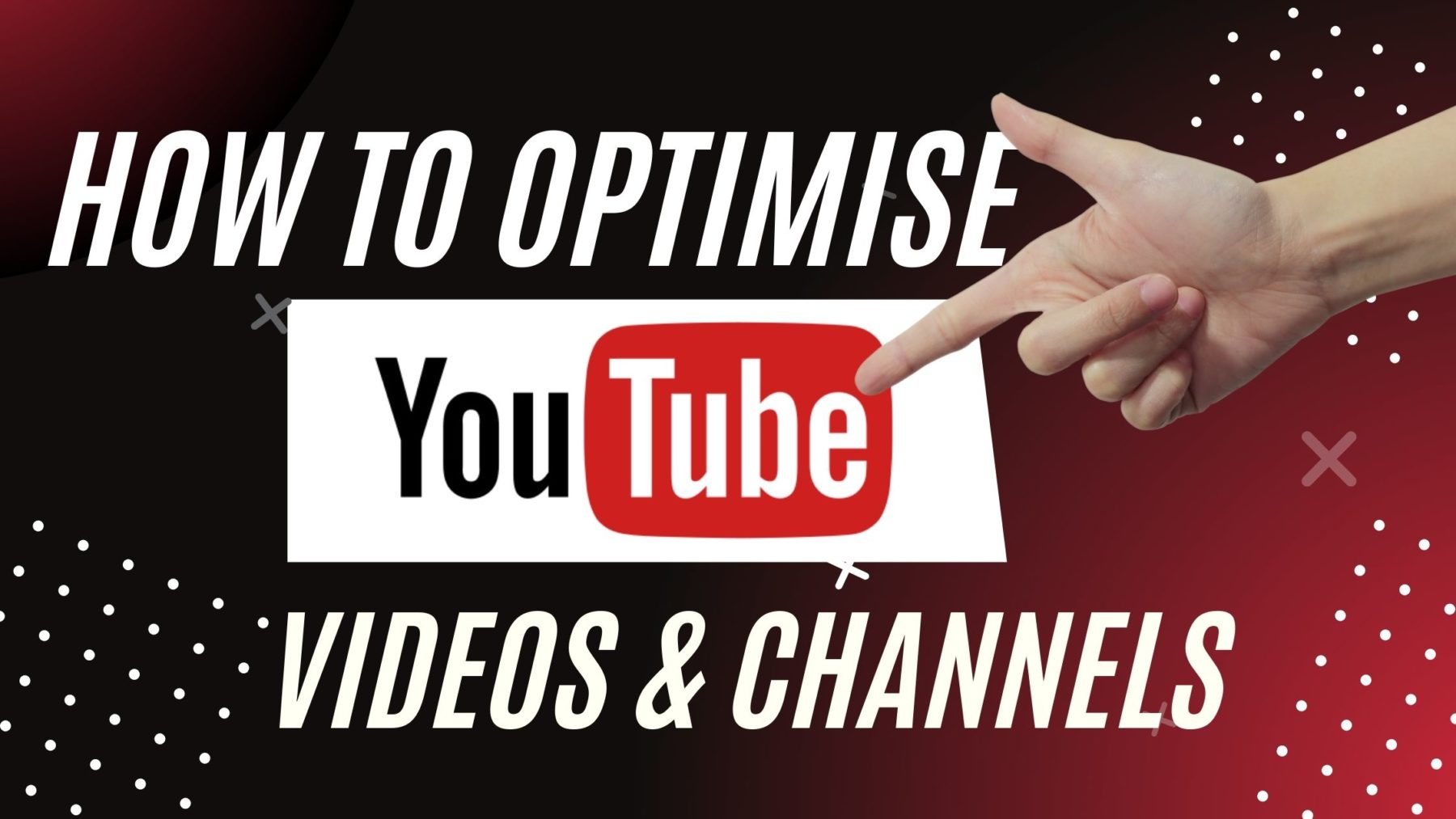

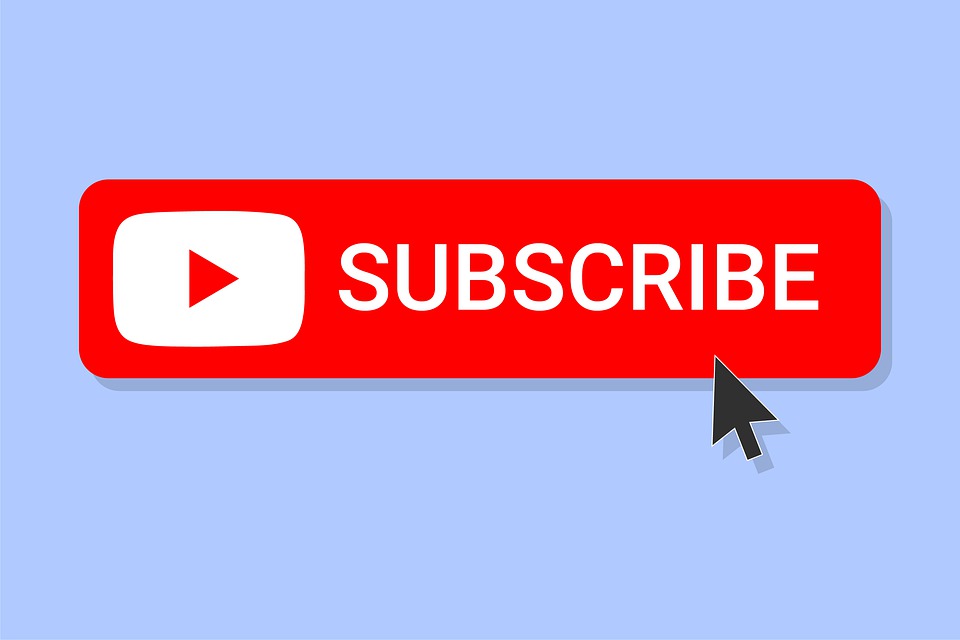
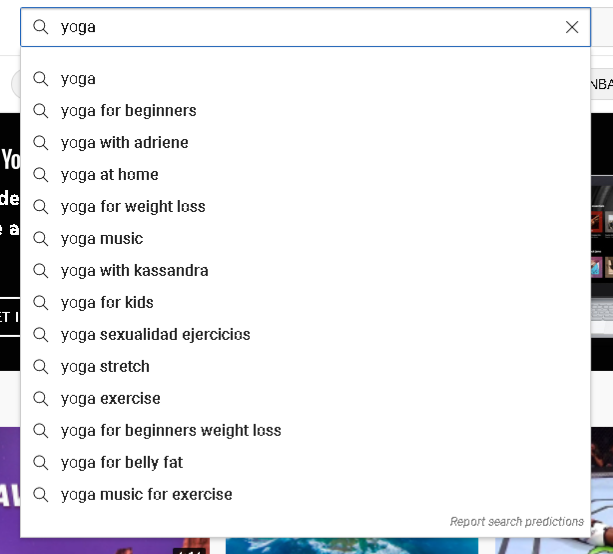
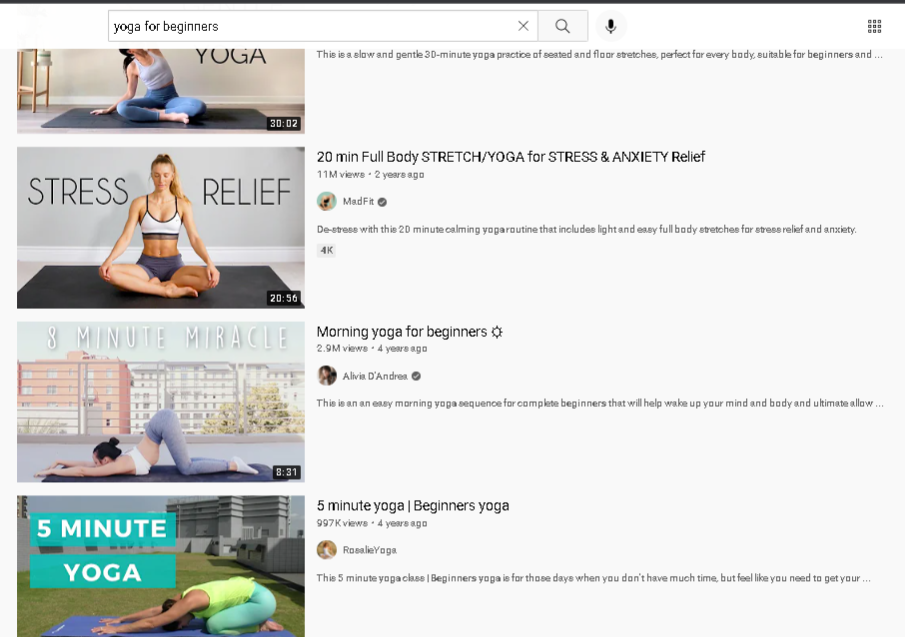
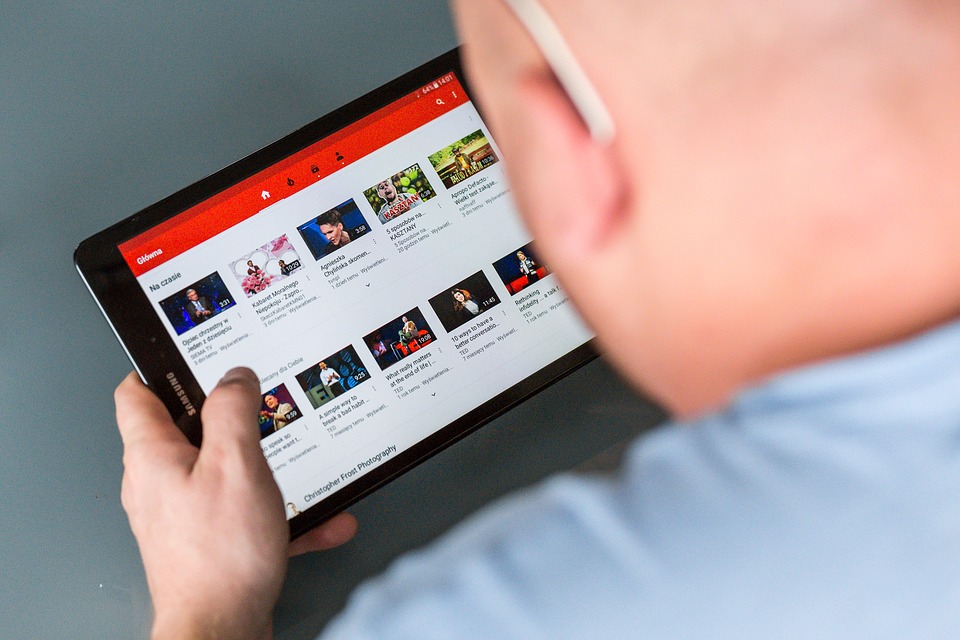










Leave a Comment